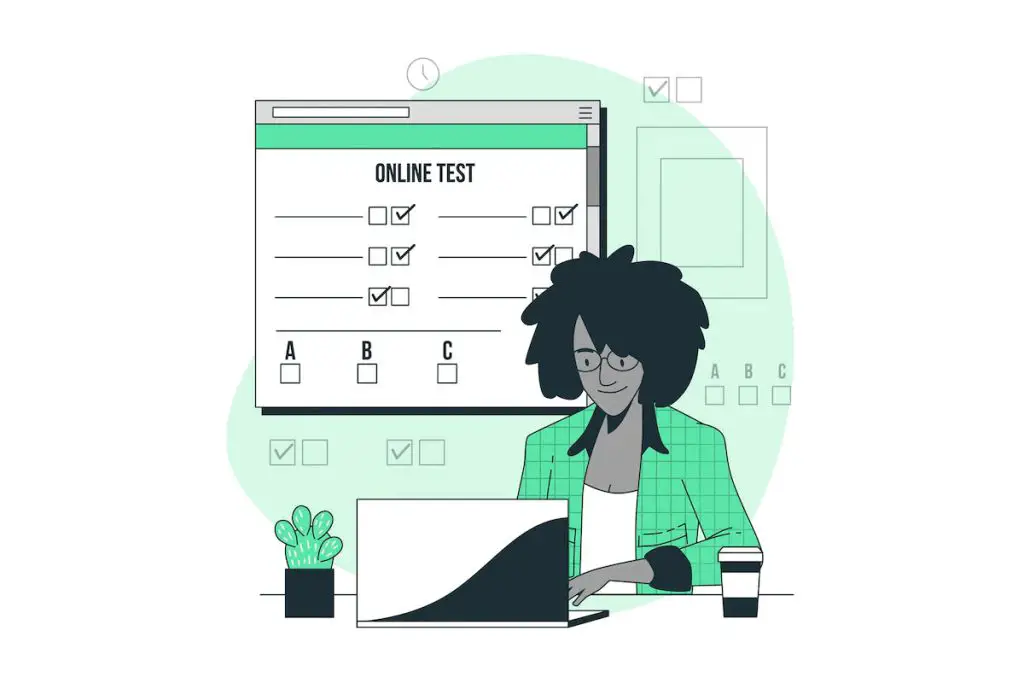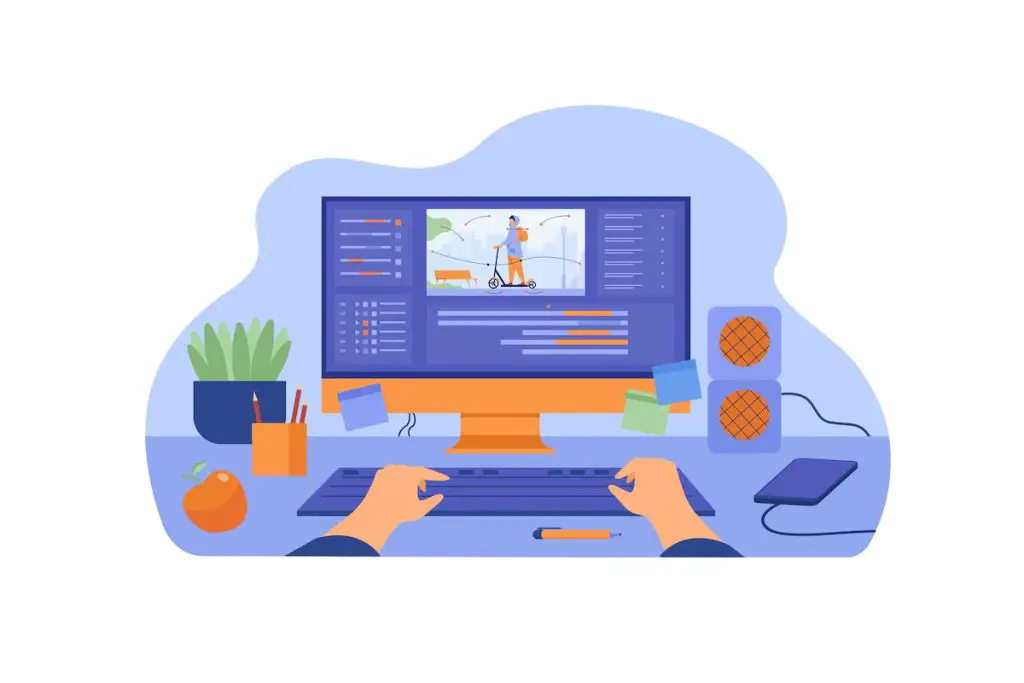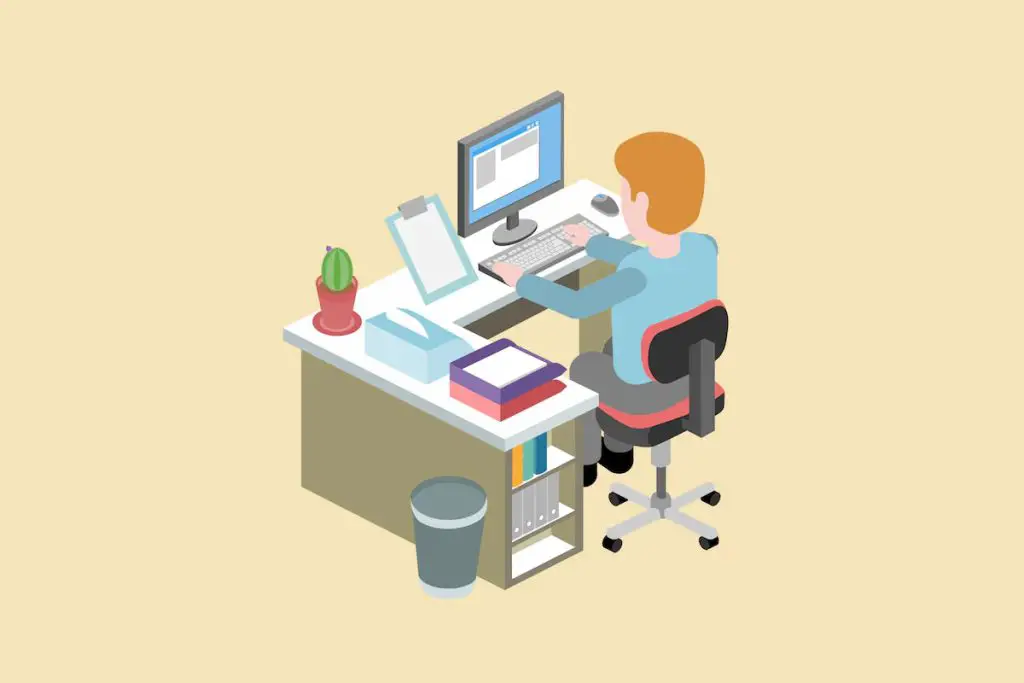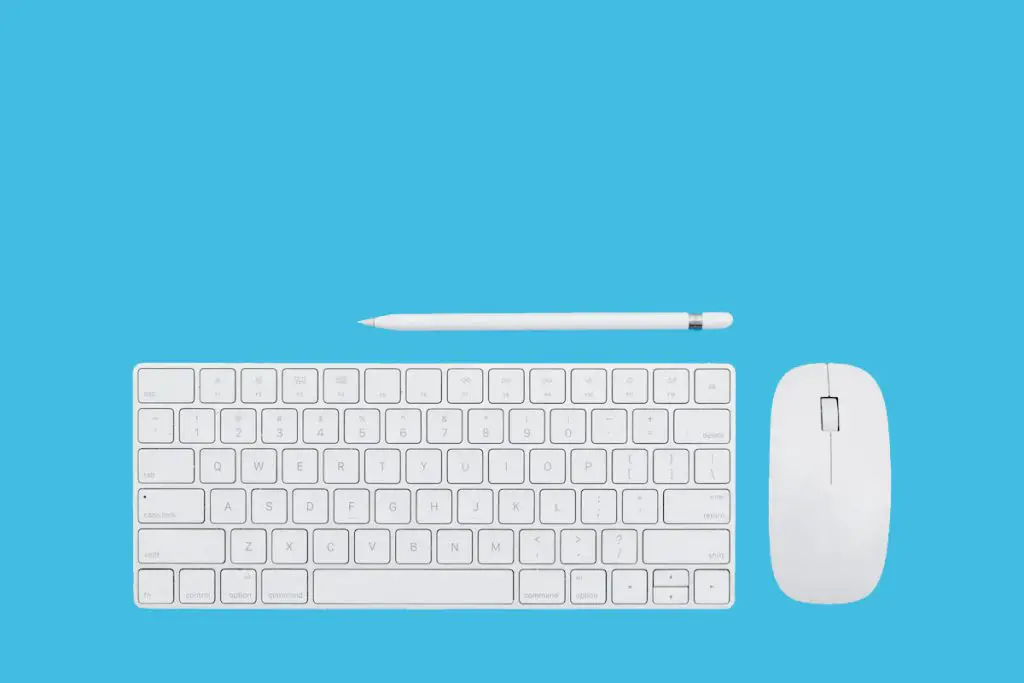Whatever occupation you select, you will almost certainly need to learn how to increase your typing speed and accuracy. According to Herzing University, the average person types around 40 words a minute. Nevertheless, this is much less than a trained person who types around 75 words per minute or higher using the touch-type method.
Besides, it is simple to envision all the advantages of faster typing, such as speedier memos and papers, saving time at work and at home, making it easier to write notes during meetings, and even having a valuable talent.
Therefore, if you too want to learn how to type fast and accurately, make sure that you read this article.
How to Increase Your Typing Speed and Accuracy
What is your typing speed in wpm? How precise are you while typing? If you work in any sector that needs the use of a computer, knowing to type effectively is a valuable skill. Besides, if you work at home, increasing your typing abilities will greatly increase your productivity.
Thus, if you want to learn how to improve your typing speed and accuracy, completing a few typing tests online can assist. Elsewise, you can use the following tips to learn how to increase your typing speed and accuracy.
Test Your Current Typing Speed and Accuracy

If you are not sure about what your current speed and accuracy are, make sure to take a couple of minutes to take one of the numerous free typing tests available online to find out. For instance, you can use TypingTest, RataType, or LiveChat to test your current typing speed. Besides, you can also learn about your typing accuracy. he
Then, note this figure down. So that you can compare it to the average typing speed of 40 wpm. You may set the aim for your typing speed from here.
Aim for Progress, Not Perfection

Set a target to help you grow better at typing once you have discovered your current typing speed. Besides, it is tempting to want to immediately double or treble your typing speed. However, before you work on boosting your typing speed, you must prioritize accuracy.
Moreover, your typing speed will improve with practice, but learning to type rapidly can not save you time if your output is sloppy. Therefore, if your typing accuracy is low, you will have to modify your work significantly. Besides, it will not save you time or frustration in the long run.
To prevent making errors, type gradually. Besides, most individuals do not need to learn to type faster than 100 words per minute. For most people, 60 to 80 words per minute is a fantastic typing speed that will allow you to do your task more quickly.
So, set the mentality that accuracy is more essential than your typing speed. Besides that, you can also work on developing both your typing speed and accuracy at the same time so that you end up with accurate, rapid typing abilities.
Learn How to Touch Type

Learning how to touch type seems to be the only technique to drastically increase your typing skills.
Touch typing is a typing technique that requires not glancing at your keyboard and utilizing all 10 fingers to type. This helps you in reducing your overall finger mobility. When touch typing, instead of merely using your pointer finger, you should use all of your fingers and keep your fingertips near the home row of your computer’s keyboard.
Minimizing your hand and finger motions while typing will enhance your typing speed and lessen the stress on your hands. We suggest paying extra attention to your little and ring fingers because they are typically underutilized when typing. Besides, this can cause additional stress on your thumbs and index fingers as well as restricted reach.
Learn Home Row Position Properly
During touch typing, the center of your keyboard is referred to as the “home row” since you should always begin typing from these keyboard keys and come back to them as you type.
Begin by understanding the home row of your keyboard and the ideal finger positioning for touch typing. Bend your fingers and put them on the ASDF and JKL keys in the middle of the line of your computer’s keyboard.
Many keyboards will also include a raised hump or line where your index fingers typically rest on the “F” and “J” keys to assist your fingers to find their way back to these keys without having to look for them.
However, if your keyboard lacks this function, try buying one or placing a keyboard raise on these keys to assist you to learn good and speedy typing.
Practice Good Posture

A comfortable seating position when typing is not only beneficial for your wrists and body, but it also allows you to type more quickly.
The following are the most commonly advised suggestions for correct typing posture:
- Sit erect in a comfy seat with your back straight. To maintain your lower body balance, place your feet flat on the ground. Besides, avoid crossing your legs or ankles because it might cause your posture to suffer.
- Face your display with your head slightly angled downward.
- To avoid visual fatigue, keep your eyes and screen at least 17 to 27 inches apart.
- While typing, keep your torso and shoulders relaxed and confident. Take a calm, long sigh while sitting at your workstation if you’re not sure if your arms and shoulders are rested. When you exhale, your shoulders will return to their calm and natural position. And this is the position that you should strive to maintain while typing.
- While typing, your wrists must not come into contact with the table or laptop keyboard. It not only limits your typing motion, but it can also irritate your wrists. Besides, if your wrists are laying on the keyboard, avoid putting your whole weight on them. After all, this might cause strain or damage.
- While typing, keep your elbows near your sides. To create the perfect typing atmosphere, keep your elbows folded into your sides when typing.
Avoid Looking at Your Keyboard

One of the secrets to mastering rapid touch typing is to keep your focus on the computer monitor rather than your keyboard. We understand how difficult it is to stare at your fingers while typing. This is particularly true if you are just learning how to touch type. However, this will dramatically impair your typing speed.
So, if you want to learn how to type quicker so that you can type from notes or an email, you will have to stop your typing to read your notes before returning to typing. This will seriously slow down your typing pace.
Besides, if you catch yourself glancing at your keyboard while typing, put a piece of paper over your hands to prevent you from looking at the keyboard. You may also buy blank keys or a keyboard cover to prevent yourself from seeing the numbers and letters on your keyboard while practicing.
In addition to that, remind yourself that instead of staring at the keyboard, you should concentrate on your touch typing talents and skills. While it may be tough to refrain from glancing at first, it will considerably improve your typing speed in the long term.
Practice Regularly
It may seem awkward initially if you are new to typing or are slow at it. However, it is critical that you practice typing on a regular basis in order to increase your typing speed and accuracy.
Your fingers may seem stiff and unnatural initially. However, even before you know it, you will be typing down with ease and without thinking.
We propose the following practices for frequent typing practice:
- Take a daily online typing test to assess your typing accuracy and speed.
- When typing, be careful and slow. It is more vital to acquire precision and appropriate touch typing than it is to type swiftly yet have your work full of errors.
- Besides, you can also use touch typing programs and games to practice typing. Several free and commercial typing apps and games will help you make typing more fun while tracking your accuracy and speed.
- You can also consider enrolling in a typing class. Typing classes are less prevalent these days because many youngsters learn to type at an early age. Typing lessons, on the other hand, may still be available at a community college or continuing education program near you. If you can not locate any in-person solutions, there are online programs that can teach you how to enhance your typing speed.
- Schedule a date and a target for your typing practice. And commit at least 10 minutes each day to typing. Besides that, measure your development by recording your typing speed at least once per week. Then, offer yourself a gift from a local coffee shop or the latest gaming app to enjoy on as a reward for accomplishing your target.
- Practice typing “the swift brown fox jumps over the slow dog,” a brief English sentence that contains all letters of the English alphabet. This sentence allows you to practice touch typing every letter of the English alphabet including the least commonly used letters including “z” or “v.”
Optimize Your Setup
If you are having trouble keeping your back straight or if you are feeling uneasy while typing, it might be related to your present workstation layout. When selecting or changing your configuration for best typing, keep the following criteria in mind.
Begin by ensuring that your back is properly supported. Choose a chair that pleasantly supports your back. We recommend chairs with a sloping backrest to accommodate the natural curve of your spine. If your lower back hurts, consider putting a tiny cushion on the bottom of the chair’s backrest.
Otherwise, you can also purchase a chair that already has a cushion in that place.
Moreover, prevent slumping in your chair to relieve back strain. While this may feel good at first, it might put tension on your neck and shoulders. To minimize this discomfort and limit the urge to lean back in your chair, try relocating it closer to your workstation.
If you have trouble keeping your elbows close to your sides when typing, look for a chair with flexible armrests. For the ideal arrangement, set the armrests. This is to make sure that you may rest your arms and elbows while typing.
Besides, if you have trouble keeping your feet flat on the floor when typing, consider investing in a footrest. It will help you in keeping your feet in place for better posture. Or you can modify the seat of your chair so that your feet are comfortably on the floor.
Take Regular Breaks

You may feel some difficulty at first if you are new to typing or utilizing all of your fingers while typing. To avoid hand discomfort, be patient with yourself and take frequent rests. You will grow stronger. Besides, your muscles will be more flexible over time. Then, you will not need to take as many rests.
Thus, slow down and take a five-minute break if you get irritated or sidetracked throughout your practice session. After all, slow but precise progress toward your typing objective is preferable to messy and frustrating progress.
Moreover, returning to your typing exercise while you are well-rested is far more beneficial.
In addition, try using finger exercises after extended typing sessions to keep your fingertips strong and avoid achy muscles.
You can read more about:
- How to Restore Your Computer Using System Restore
- Best Part-Time Jobs for College Students
- 10 Types of Research Papers Students Must Know About
- How to Transcribe Audio or Video Files to Text for Free

I went over this website and I think you have a lot of excellent information, bookmarked (:.